Why It's Important To Allow Your Child's Feelings
/“Don’t cry, honey…I don’t want you to be disappointed. ”
”Enough. You should be happy with what you have. ”
”I’ll take care of it. I’ll call the teacher and make it right.”
Have you ever heard these words come out of your mouth? Probably! You are a parent who loves your kids so much. Their hurt is your hurt. Of course you want to make their life easier. But I want to tell you something…
You don’t need to protect your child from feeling disappointed. Instead, teach them how to cope with their feelings. When we fix things for them, our children miss out on learning coping skills.
The universe works in mysterious ways. Oftentimes, when we don’t get what we think we want, we end up getting what we need. When you constantly fix things to keep your child happy and avoid their hard feelings, they won’t practice coping on their own.
Hard feelings become hard behaviors. Rather than controlling situations to avoid meltdowns, walk through it WITH your child. It will serve you both now and well into the future.
Here are some examples of fixing vs. allowing:
Some children naturally have an easy-going disposition and some children are more difficult. You don’t have to get this “right” all of the time. Use it to INFORM your thinking. Sometimes, it’s okay to avoid disappointing your child. YOU are the parent and YOU get to decide what’s best for them.
Feelings are HARD. They’re hard to process and hard to understand for little ones. Reading books about feelings is always helpful in having them understand what they’re experiencing. Here are a few books about feelings that I love!
(These are affiliate links, which means The Workspace for Children gets a small kickback when you shop these links. Thanks for your support!)
SUBSCRIBE TO OUR NEWSLETTER
THE PLAY PLAN
The Play Plan is an ebook containing play invitations that are easy to set up, inexpensive, and apply children of all ages. The 25 play prompts are divided into five categories and use items that you most likely already have at home. These play prompts consider children of all ages, all developmental stages, and all learning capabilities. Each prompt can be tailored to fit your unique child’s needs. Play is meant to be simple.
$28
QUIET TIME & INDEPENDENT PLAY
This downloadable ebook is your personal guide to Quiet Time and Independent Play. This ebook will teach you the basic steps to implementing a Quiet Time and Independent Play strategy that works. The guide teaches you my proven 5 step method for implementing a daily break without using screens. (Guide includes 5 bonus invitations to play.)





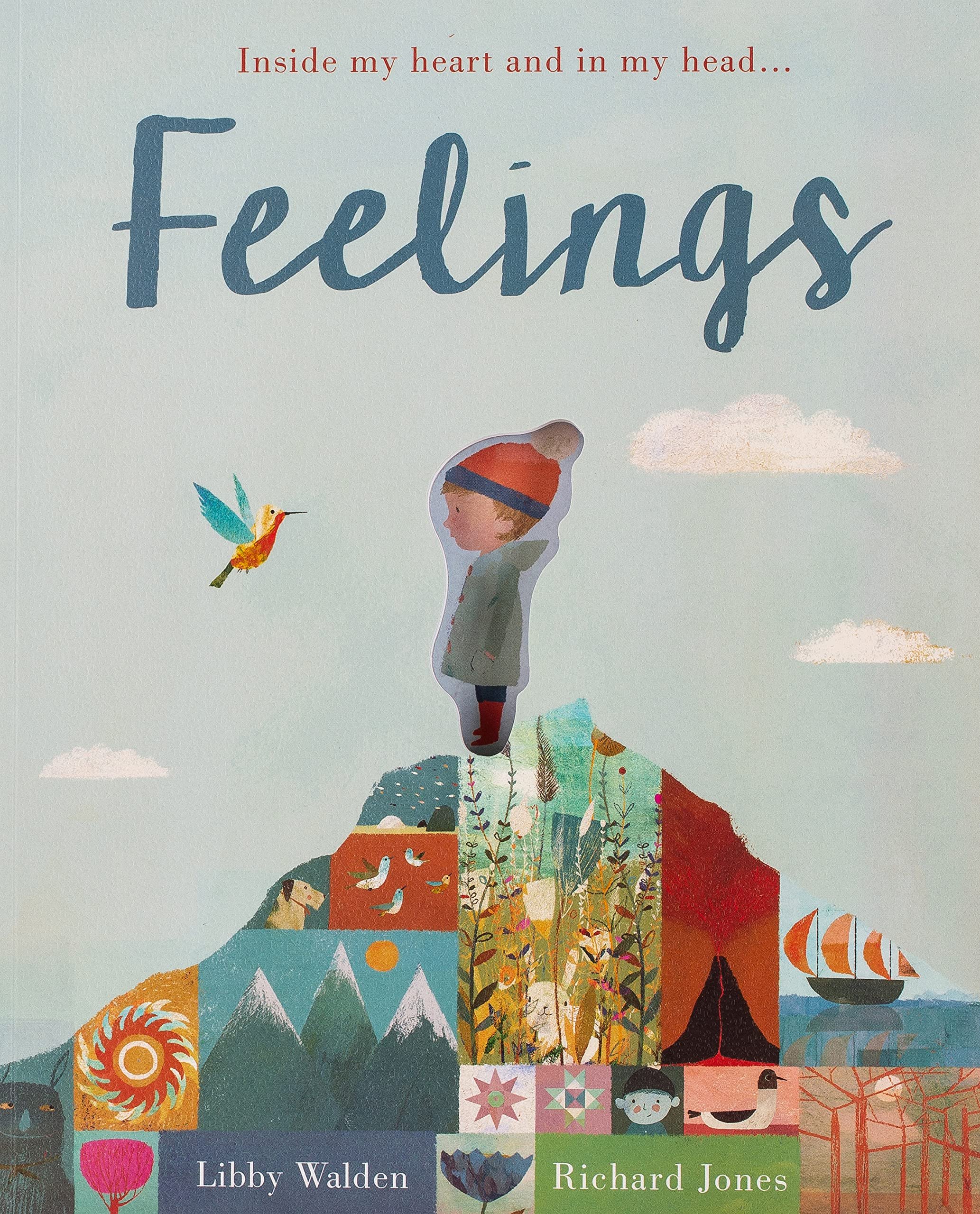
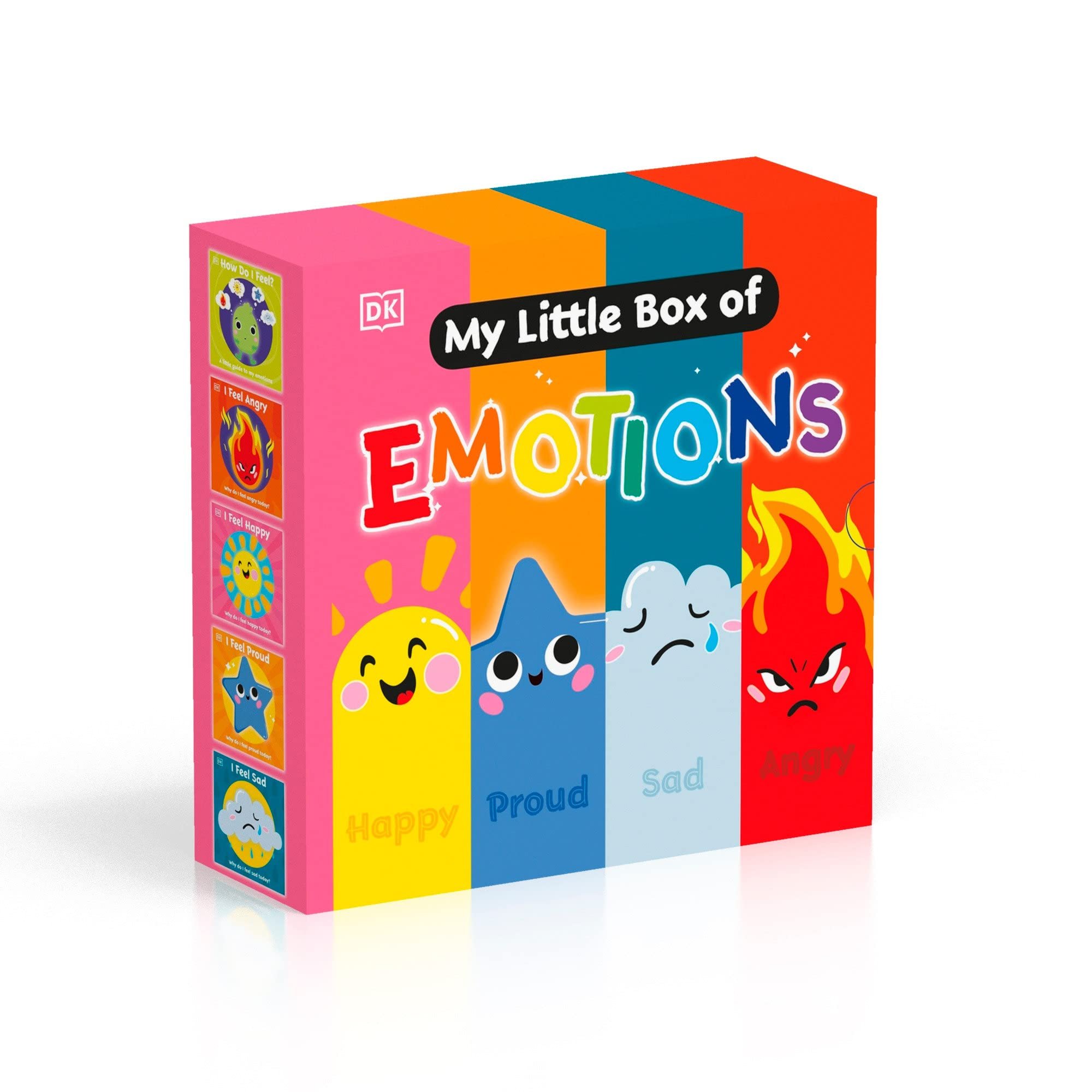
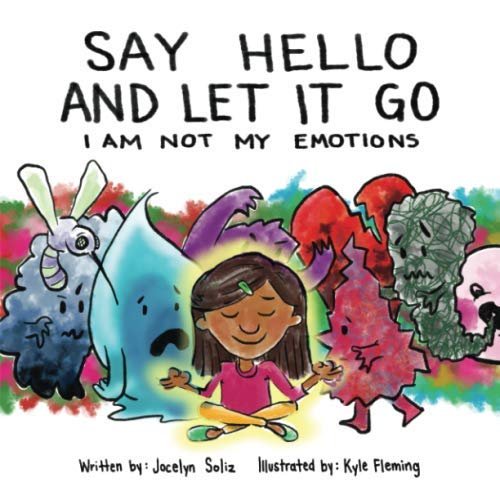
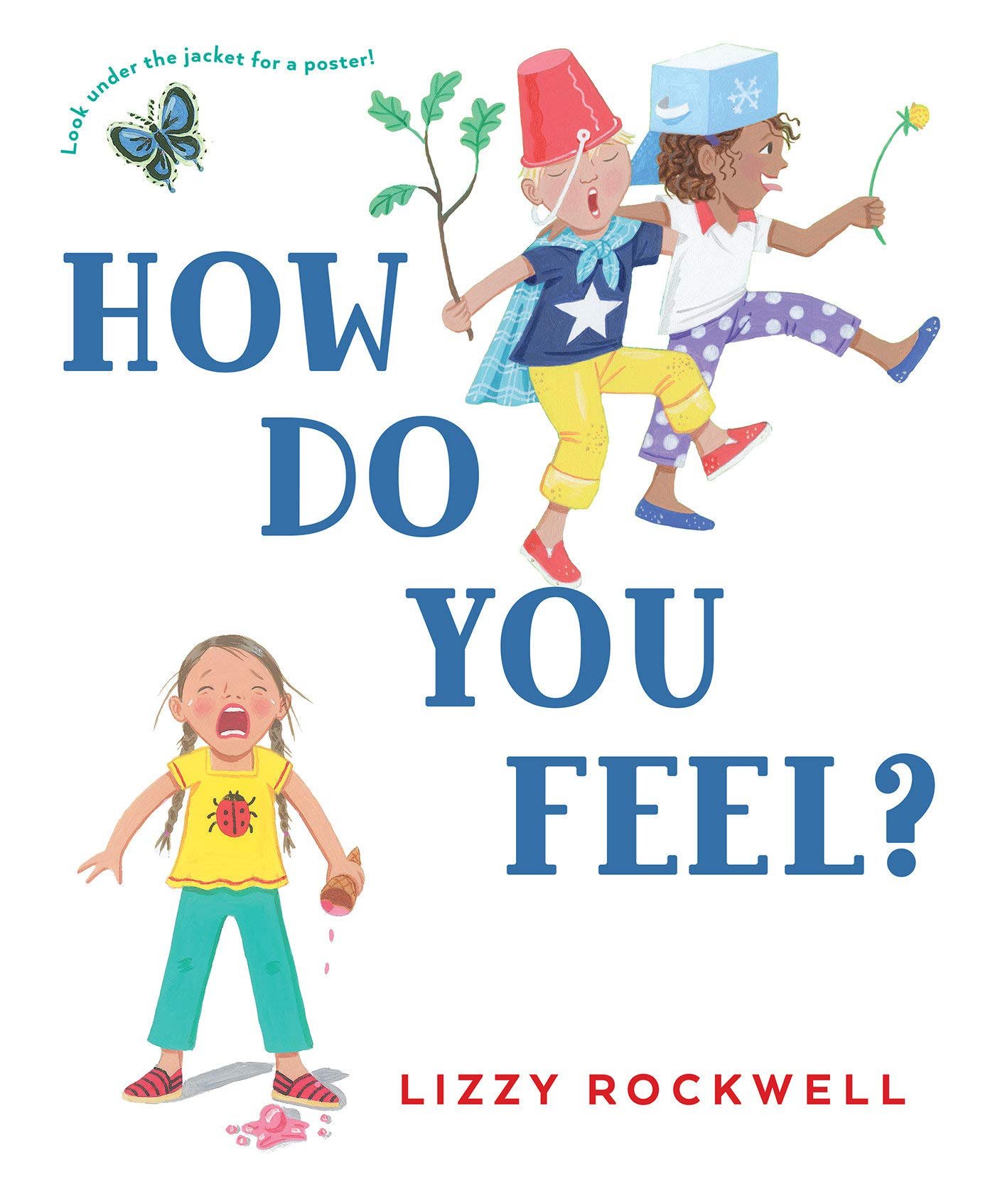
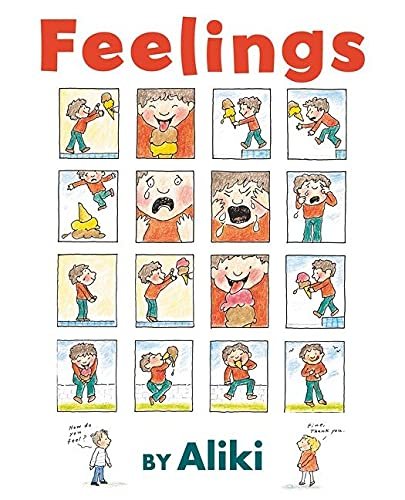





Rescuing them from discomfort also robs them of resilience.